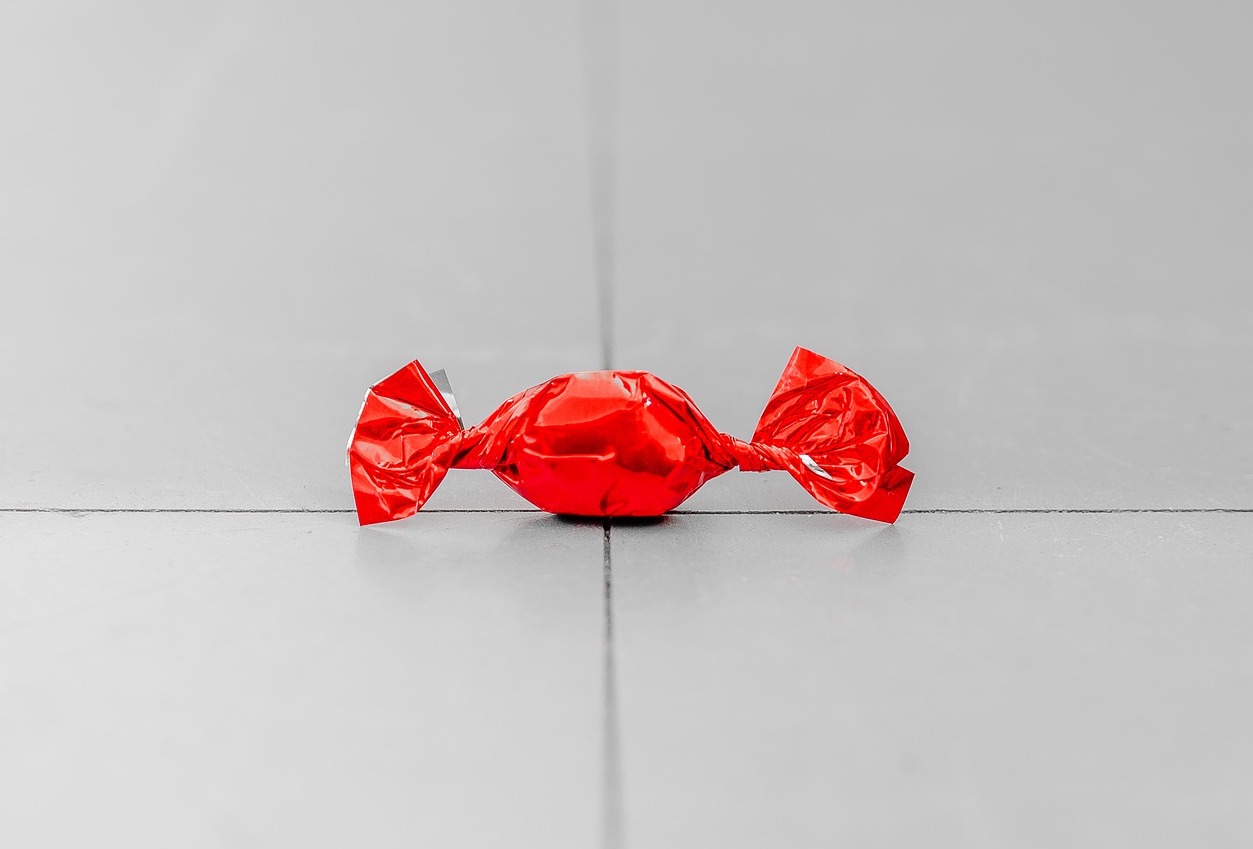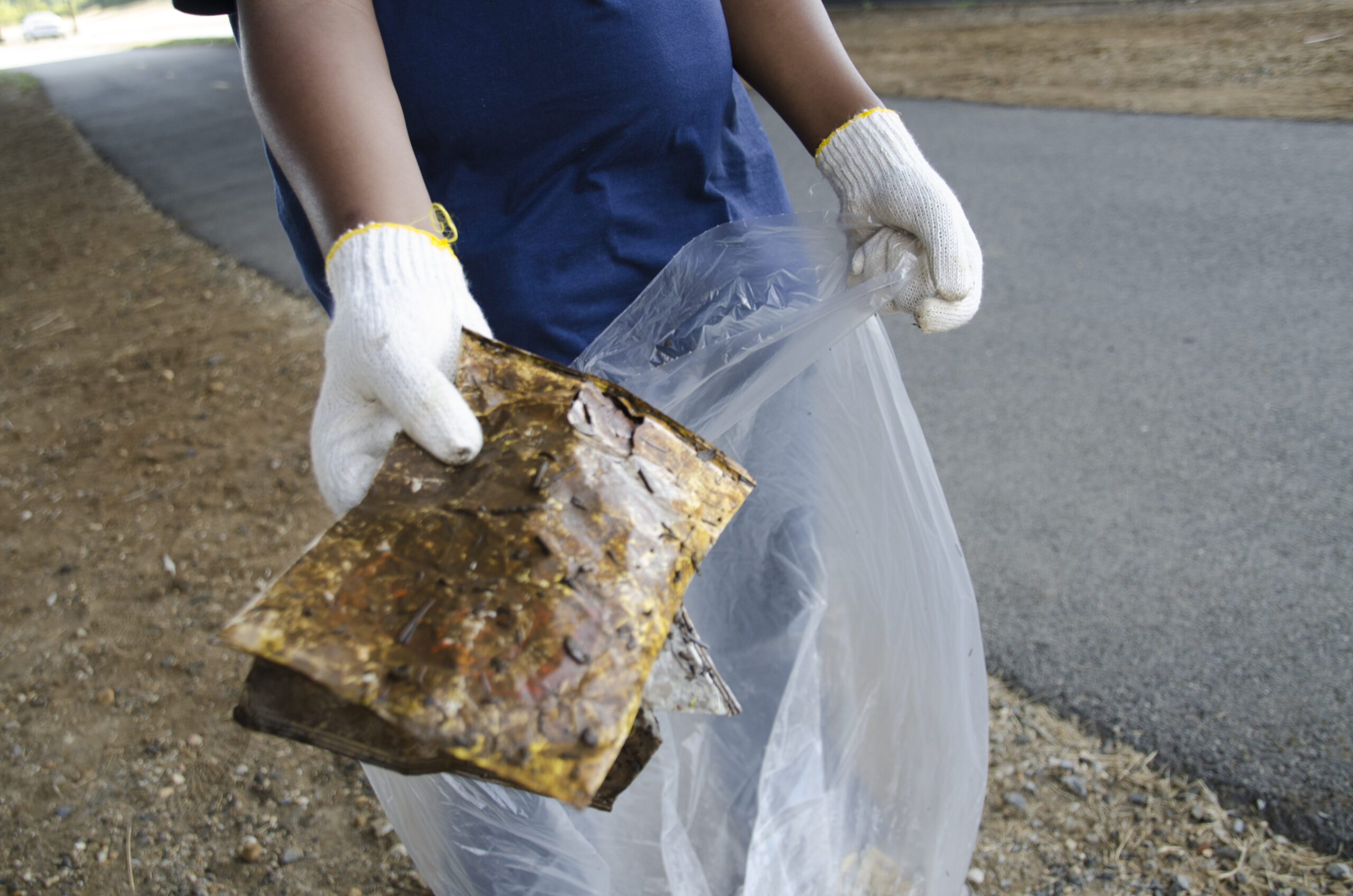Take the Food Wrapper Challenge
Tackle food wrapper waste at home for a healthier ocean

Halloween is around the corner. Oftentimes this spooky season brings with it a lot of candy and a lot of food wrappers covering those sweet treats. Last year plastic food wrappers replaced cigarette butts as the number one item found by Ocean Conservancy’s International Coastal Cleanup (ICC) volunteers. Nearly 5 million food wrappers were removed from our planet’s beaches and waterways during the ICC.
Food wrappers are a uniquely challenging problem. They are effectively unrecyclable, and few comparable alternatives are more eco-friendly. If we happen to use a plastic bottle, we have the option of recycling it or, even better, using a reusable water bottle. We have the option to use canvas bags at the grocery store rather than single-use plastic bags. We can opt for reusable straws, or we can skip the straw altogether if we so choose.
Food wrappers, however, aren’t as easy a puzzle to solve. Most of us probably don’t often think about the regular role they play in our lives and the astounding amount of waste they create. That’s why we’re asking you to challenge yourself this year to reduce food wrapper waste.
Step One: Take the ICC Food Wrapper Quiz
Most people are unaware of the impact of food wrappers on our ocean. Education is the first step to being a thoughtful ocean advocate. You can learn more about food wrappers in our fun ICC Food Wrapper Quiz. Put your knowledge to the test!
Step Two: Find Out How Many Food Wrappers You Use
I wasn’t aware of how many food wrappers I use in my life until I did a small at-home audit. Keep a notebook in your kitchen or use a notes app on your phone to keep track of the food wrappers you use in a week. Keep track of not only the number of food wrappers you use but where they came from. At the end of the week, you might find it is an eye-opening experience. We often don’t notice how much waste we generate until we start tracking it. This is also a great way to establish a baseline so you can see your successes along the way as you challenge yourself to reduce your wrapper usage.
Step Three: Make a Commitment to Reduce Food Wrappers at Home
After a week of tracking, sit down and figure out alternatives to some of the food wrappers you bring home. This is where keeping track of the type and source of the food wrapper is helpful because you can figure out which items are the largest culprits or which items are the easiest to switch to a more sustainable option. Here are some suggested ways you can reduce wrapper waste.
1. Choose products with less packaging: Pay attention to how items are packaged in the grocery store. Whenever possible try to choose products with the least amount of packaging. 
2. Make wrapper-free snacks at home: One delicious way to reduce wrapper waste is to try your hand at making your favorite snacks at home. Here are some recipes to get you started:
- Five Ingredient Granola Bars
- Fruit Leather Roll-Ups
- Three Homemade Pop-Tarts
- Taco Spiced Tortilla Chips
- Homemade Goldfish Crackers
3. Buy in bulk: Food that comes in small individual servings like chip or cookie bags are convenient but they generate a lot of waste. Instead, buy in bulk and use reusable snack bags or beeswax food wrap to make grab-and-go servings of your favorite treats.
4. Watch where you throw out food wrappers: If you do end up with food wrappers, just make sure they get disposed of properly in a waste bin with a lid and never in an overflowing one. Food wrappers are lightweight so they can fly out into the wind if not properly disposed of and possibly end up in the environment.
Step Four: Challenge Your Friends and Family
Everything is better with friends! When you do this challenge together with others, you all can support and motivate each other. Plus, you can all share tips and ideas you discover along the way.